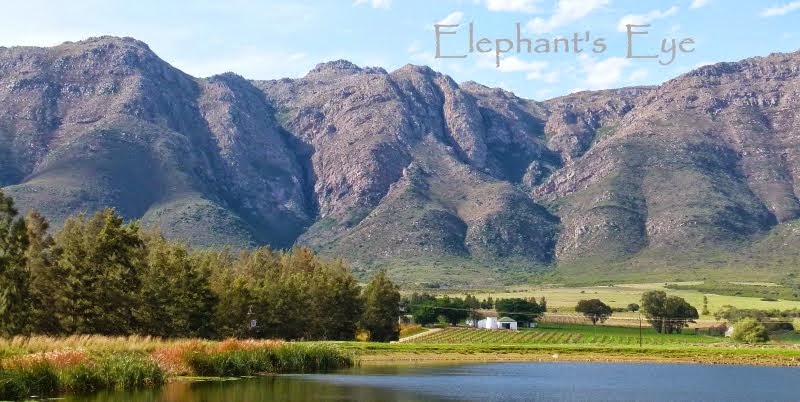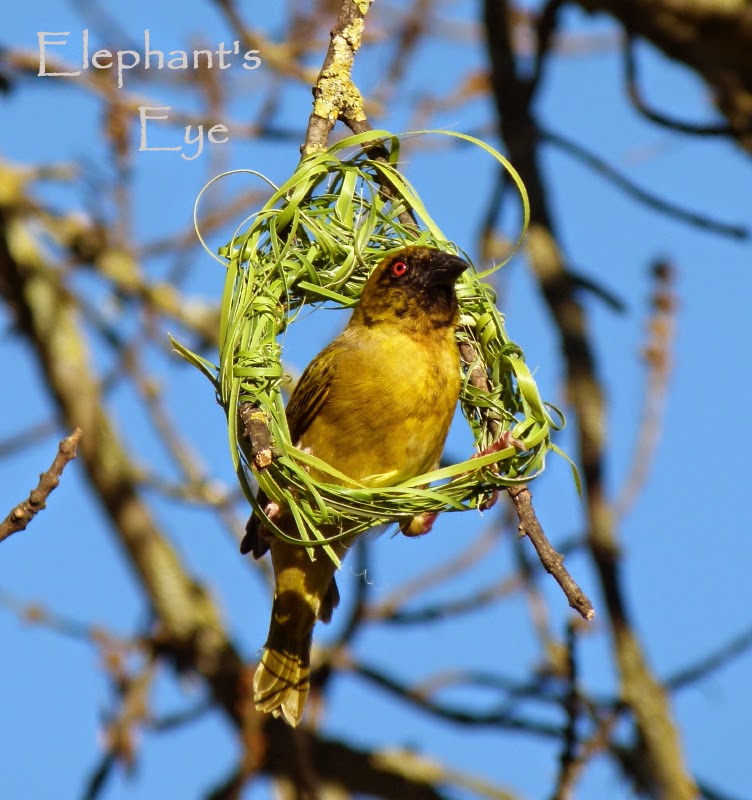by Diana Studer
- gardening for biodiversity
In a Persian garden
“The word paradise originally meant a hunting park,
and it is still a Persian word for garden. Gardens of the Islamic world,
an oasis. All round stretch bare hills in the burning sun.
Within the garden, cool shade and the sight and sound of water.
High surrounding wall, trees for shade and fruit,
a pavilion, flowers in beds and pots.
Native bulbs, followed by roses. Garden is divided in four"
- slightly modified from Hugh Johnson’s The Principles of Gardening, 1979
This was my inspiration for the rose garden.
The house and a wall curved around two sides provide seclusion. A low informal hedge of
Dusty Miller Centaurea cineraria plumes of velvety grey feathers. A view up to the
Olifantskop (Elephant’s Head). We can hear the waterfall. Four paths, the four rivers of paradise – milk and honey, water and wine. An octagon in the centre.
As focal points – there are four trees providing dappled shade. Years ago when we saw the White Garden at
Sissinghurst, I realised that instead of a random collection of pretty plants – you can compose a living picture.
 |
| Preparation for the roses in 2007 |




























